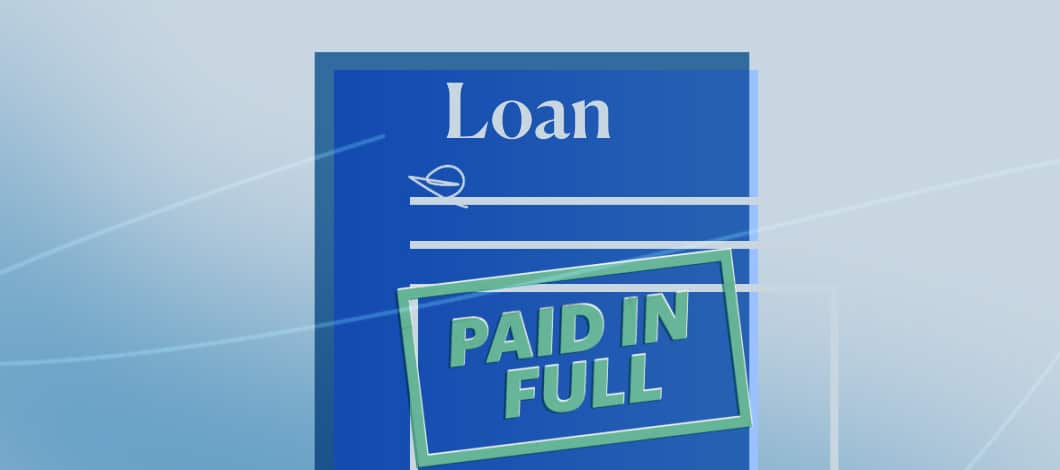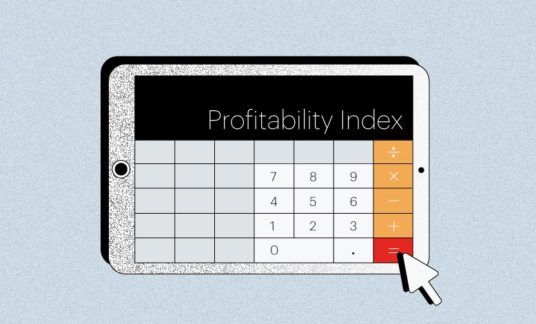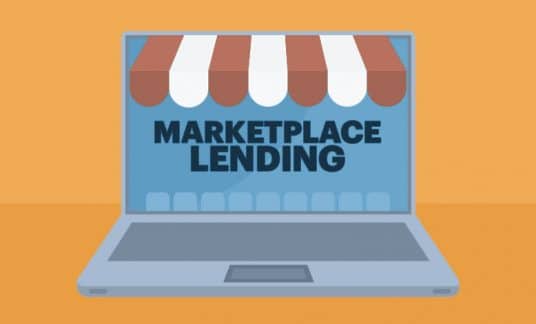As of March 2021, outstanding nonfinancial corporate debt in the U.S. stood at $11.2 trillion, according to the Federal Reserve. That’s nearly half the size of the entire U.S. economy.
More than half of that debt is attributed to what the Fed calls the “nonfinancial noncorporate business sector.” That is a category made up primarily of small businesses which owe some $6.7 trillion.
The majority of small business debt is made of mortgages on properties.
For some, this level of debt is manageable. For many others, however, it leads them into a debt spiral, meaning it can be difficult to stop and result in financial ruin.
What Is the Debt Cycle?
The debt cycle is when consumers or businesses continue to borrow money, thereby increasing the amount they owe and the associated fees. As loans come due, they continue to borrow and go further into debt. Eventually, interest on loans and credit cards becomes a significant expense which pushes people further into debt. What may have been intended as a short-term debt cycle becomes a long one.
For too many small businesses, a long-term debt cycle ends in insolvency or bankruptcy. 183 companies filed for bankruptcy protection as of April 2021, according to S&P Global Market Intelligence. These filings come on the heels of 629 bankruptcies in 2020, the highest in nearly a decade.

How the Debt Spiral Begins
While there are many reasons businesses get into debt, the debt spiral often starts innocently enough.
Business owners might take on too much debt in the beginning, taking out a mortgage to buy a property or get a small business loan. They may overestimate how quickly a business can expand or run into unforeseen problems, such as the supply chain issues experienced throughout 2020 that are continuing for many companies in 2021.
When cash-flow problems add up, businesses are often forced to take on additional debt. Small business owners may use personal funds, lines of credit, or credit cards to keep a business afloat. It’s easy to use credit now and worry about debt later.
As they get close to their credit limits, they may:
- Get additional loans to get out of debt
- Take on more credit
- Get additional credit cards in the belief they can use them wisely
Instead, they acquire more and more debt.
Businesses may end up transferring debt from one credit card to another or use a line of credit to pay loan interest or monthly expenses, accruing ever higher debt.
If there isn’t an infusion of cash into the business from investors or customers, debt can spiral out of control quickly.
At some point, it simply isn’t sustainable.
Thankfully, There’s Way Out
If you want to pull yourself out of the debt cycle, the first thing you need to do is commit to stop borrowing any more money or creating more debt. Follow these 7 steps.
Step 1: Lock Up the Business Credit Cards
Every time you use a credit card, you are adding to your debt. If you need to spend money, use a debit card or electronic payment system to withdraw money directly from your account or write a check. Refrain from using credit whenever possible.
Step 2: Review Every Expense and Trim
If you want to stop the debt spiral, you need a firm grasp of how much money you’re bringing in, how much is going out, and where you can cut expenses to make ends meet.
While most businesses have a budget, taking a higher-level view of your expenses can help.
For example, put every expense through a litmus test:
- Is this purchase essential?
- Do I need to spend this money right now or can it be delayed?
- Can I purchase this product or service cheaper?
- What happens if I don’t spend this money?
Start with the obvious places, such as discretionary spending, services, capital purchases that might be delayed.
Depending on the level of debt you have and how quickly you want to exit the debt cycle, you may need to make some difficult decisions about your business, including staffing and payroll.
Another way to approach the process is to use a zero-based budgeting method. Start with a blank sheet and justify every expense individually. In the first round of a review, limit expenses to only those that are essential, such as electricity, rent, or mortgage payments. In the second round, add in expenses that have a proven return on investment or you can tie them directly to future revenue growth initiatives.
Finally, add in discretionary expenses with a commitment to only spend these amounts after you’ve emerged from the debt cycle.
Step 3: Shop Around
It also may help to browse a bit and weigh options from different parties. You may be able to:
- Move business insurance to a provider that charges less
- Find business credit cards with lower interest rates or introductory rates
- Refinance your business mortgages at a lower interest rate
- Solicit bids for services, such as business phones, janitorial services, etc.
- Look for alternate suppliers for goods
If you are renting the space you’re in, you may want to consider moving to a location with lower rent or asking your landlord for a rent reduction. Some landlords may be willing to reduce your rent in a down economy or when other spaces are readily available.

Step 4: Pay Down Your Debt
Once you feel you have trimmed expenses to the appropriate and necessary spending levels, it’s time to attack the debt.
There are 2 approaches to paying down your debt:
- The Debt Snowball
- The Debt Avalanche
Let’s weigh the pros and cons of each of these methods.
What Is the Debt Snowball Strategy?
The debt snowball strategy is a method for reducing your debt by paying off the smallest debt first. This can help when you have several debts to pay off and it feels overwhelming. By eliminating some debt, it can help you feel like you are making progress more quickly.
Start by paying the minimum monthly payments on all of your debts and then pay any remaining amounts to the smallest debt until it is eliminated. Once that’s paid off, move to the next smallest amount.
Pro: Creates a sense of accomplishment that you are working your way out of the debt cycle. You see debts being paid off more quickly.
Con: The larger your debt, the more interest you will pay. If you aren’t taking care of the high-interest debts, such as credit cards or loans, it will take longer to pay off these accounts. It may take time to pay off the smaller debts that have lower interest rates while the larger amounts — with higher interest — continue to grow.
What Is the Debt Avalanche Strategy?
The debt avalanche strategy is a method for reducing your debt by paying off the debts with the highest interest rates. After you make the minimum monthly payments on all of your debts, you put anything leftover to the debt with the highest interest rate.
Pro: You will pay off your total debt amounts more quickly and pay less interest in total.
Con: It may be difficult to stay motivated because it will take longer to get that first win. While your total debt may be reduced, the number of outstanding debts may remain constant for a longer period.
Step 5: Use Any Extra Income for Debt Reduction First
It can be tempting when you get an additional cash inflow to add to your discretionary spending. When you do get some extra money, pay off your debts first.
Some small business owners caught in the debt cycle think if they only had more customers or a few good months, they could easily get out of the spiral. Often, it doesn’t work. For many, it’s not about how much money is coming in, but rather how disciplined they are with expenses.
If you do have a stronger than expected revenue month, pay off your debts faster and consider putting some of it into a business savings account before you suddenly start spending again.
Step 6: Avoid Starting the Debt Cycle Over Again
Once you manage to pull out of the debt spiral, continue to use credit smartly. Avoid getting dragged back into a cycle of debt. You will want to continue to live on a budget even after your debts are paid.
Step 7: Build an Emergency Fund
Start building up an emergency fund by saving a portion of your profits each month. The sooner you get started, the faster it will accrue. Take the money you had been using to pay off debt and put it in the bank.
SCORE, a nonprofit and business resource partner of the Small Business Administration (SBA), recommends you keep 3 to 6 months worth of payroll and expenses in an emergency fund. SCORE suggests you start saving between 10% and 30% of your profits until you reach your goal.
Disciplined Spending and Savings Habits
Ending the debt life cycle requires discipline. Getting into debt didn’t happen overnight. Paying it off will take time, too. You need to stick with the plan and stay motivated.
Use these tips to get out of debt, stop the debt spiral and build disciplined spending (and savings) habits to protect your business.










